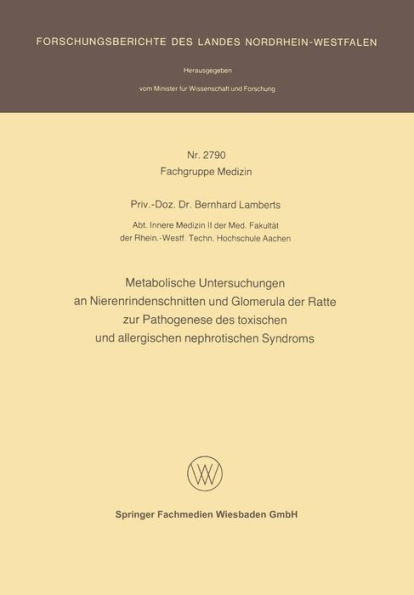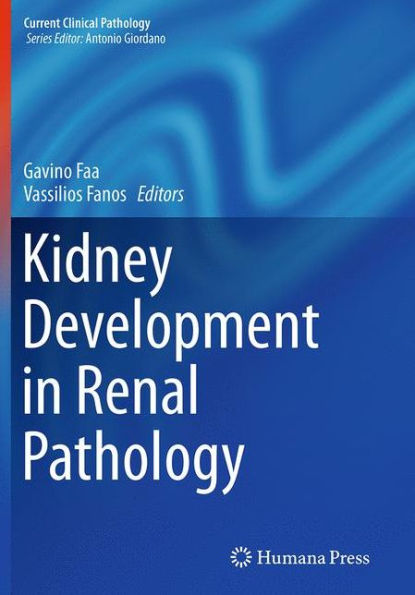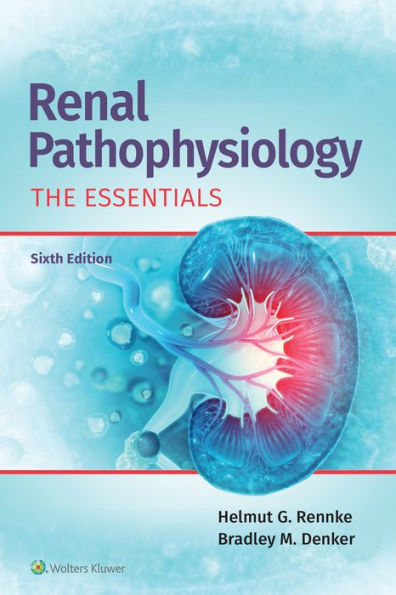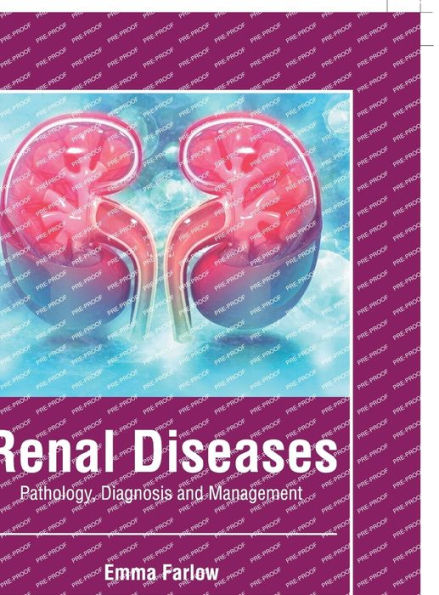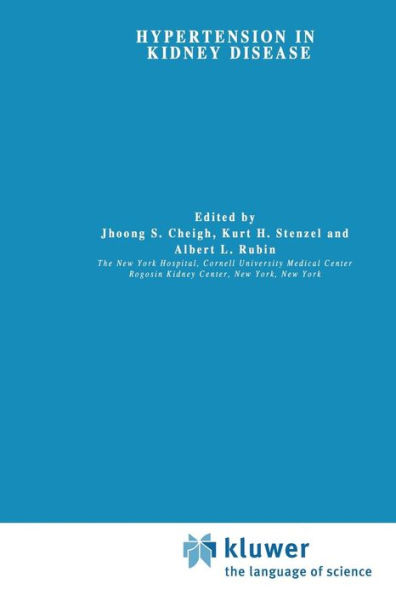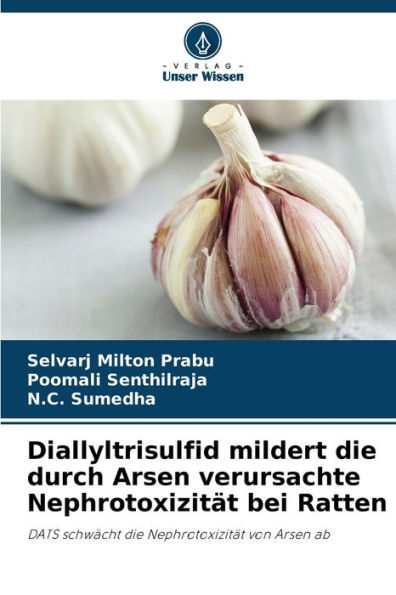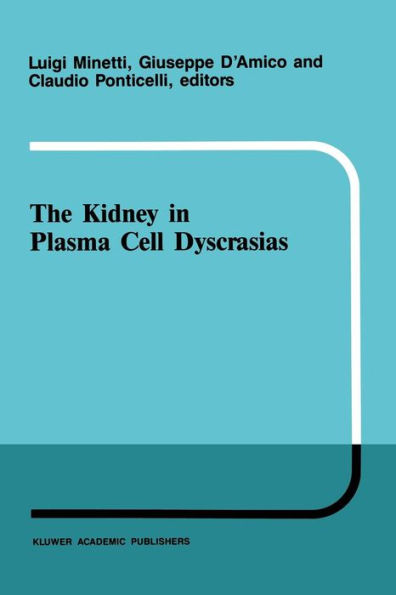Home
Renal parameters of rats with doxorubicin-induced nephropathy
Loading Inventory...
Barnes and Noble
Renal parameters of rats with doxorubicin-induced nephropathy
Current price: $42.00


Barnes and Noble
Renal parameters of rats with doxorubicin-induced nephropathy
Current price: $42.00
Loading Inventory...
Size: OS
*Product Information may vary - to confirm product availability, pricing, and additional information please contact Barnes and Noble
The most characteristic clinical finding of nephrotic syndrome is oedema, which initially presents insidiously and later evolves into a more generalised form. The mechanisms of oedema formation in NS have been studied since the beginning of the 20th century. With studies into the pathophysiology of this nephropathy, many authors observed a significant enlargement of the liver, leading them to initially believe that this was the cause of NS, but in fact it was a consequence, i.e. generalised oedema. In the 1930s, some authors suggested that renal oedema, as well as generalised oedema in NS, started from infections, most often by staphylococci, which were present in 21.4% of patients. Therefore, considering that tissue oedema is a common characteristic of both patients and experimental models of NS, it is necessary to assess the renal dynamics of sodium (Na+) and potassium (K+) ion excretion and the possible relationship between these ions and the presence of oedema and the progression of renal dysfunction, as well as the interference of the use of diuretic agents on the dynamics of these ions' excretion, the progression of oedema and renal dysfunction.

